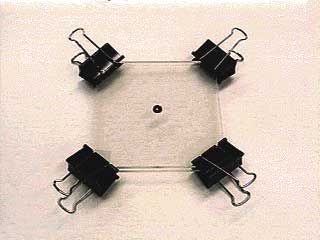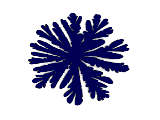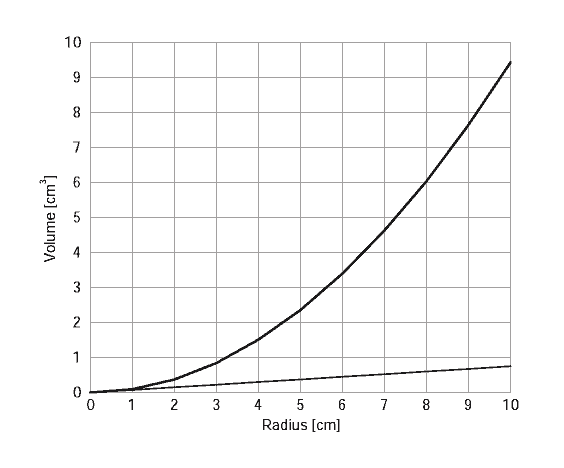
HandsOn 15 - The Hele-Shaw Experiment with Glycerin
The viscosity of fluids plays an important part in the Hele-Shaw experiment, supplied in the accompanying laboratory kit. Figure shows a Hele-Shaw cell with its two plates of plastic separated by cover slips (little squares of glass or plastic usually used to cover microscope slides). In each corner there are two cover slips, one on top of the other. Typically glass cover slips are between 130 and 160 micrometers in thickness. Plastic cover slips are roughly the same thickness. So the spacing between the plates is roughly 300 micrometers.
 |
In the experiment you will first inject glycerol through the central hole to fill the cell. After the cell is filled with glycerol, you will inject colored water as shown in Figure .
 |
|
|
Using the apparatus supplied in your laboratory kit, you can now perform the
experiments suggested above. For data collection it will be easiest to work
with one or two partners and a copy of Table 4.2. If possible, use a video camera
(or snap digital pictures) to record the experiment as it progresses.
| DV | VT | r |
| 0.2 ml | 0.2 ml | |
| 0.2 | 0.4 | |
| 0.2 | 0.6 | |
| 0.2 | 0.8 | |
| 0.2 | 1.0 |
As the glycerol enters the cell, study its interface carefully.
(The interface is the boundary between the two fluids.)
If bumps develop on the interface, watch what happens to them.
By a bump we mean a deviation from a symmetrical, smooth interface.
Does a small bump grow? Or does it recede with time and the interface
"heal'' itself? What might give rise to the development of
these bumps? What determines their lifetime?
2. The central opening on the plate should be filled with glycerol
to the top in order to avoid introducing air bubbles. Fill the
1 cc syringe with water containing food color. Carefully
attach the syringe to the nozzle. Inject roughly 0.2 cc of
the water (at a rate of, say, 0.1 cc per second), watching
the interface carefully. Measure and record the radius of the
interface. If it is not symmetrical, approximate the average radius.
Adding 0.2 cc at a time, repeat the measurement process until
all the water has been injected.
3. Scan the interface with a flat bed scanner, or "grab''
the image of the interface using a digital camera connected to
your computer.
|
 |
|
Previous: 4.4 - Viscous Fingering